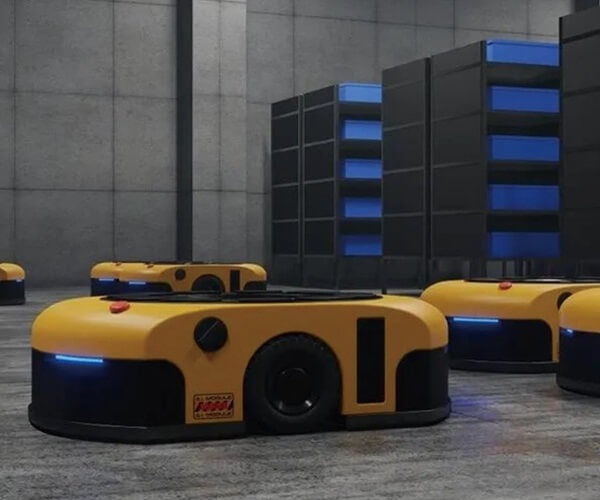Unveiling the Inner Workings of Gear Motors: Power, Precision, and Performance
In the intricate dance of modern machinery, gear motors play a starring role—quietly powering everything from conveyor belts in factories to robotic arms in high-tech industries. But what exactly makes a gear motor tick? How does this seemingly simple device manage to deliver both power and precision in equal measure? To appreciate the marvel that is a gear motor, we need to step inside its core and understand its working principles and design features.

The Basics of a Gear Motor
At its core, a gear motor is a compact combination of an electric motor and a gear train. Essentially, it transforms electrical energy into rotary motion, then modifies that motion to suit specific torque and speed requirements. The electric motor—usually a DC, AC, or stepper motor—serves as the power source. The gear train, comprising various gears arranged in a specific configuration, modulates this power, delivering output with desired characteristics.
Imagine a simple scenario: you’re turning a small, lightweight screwdriver with your hand, but the screwdriver's tip needs to exert a heavy force. Simply applying more force by hand isn’t ideal or efficient. Instead, if you could multiply your force through a set of gears, you’d be able to do more work with less effort. A gear motor operates on a similar principle—using gears to increase torque at the expense of speed, or vice versa.
The Heart of the Gear Motor: The Electric Motor
The electric motor within a gear motor is a marvel of electromagnetic engineering. When supplied with electrical current, it generates a magnetic field, causing the rotor (a rotating component) to spin. The rotor is attached to the gear train, transferring the generated rotational force to the output shaft.
Different types of motors are used in gear motors, each suited for specific applications:
DC Motors: Offer precise control of speed and torque, often used in robotics and automation.
AC Motors: Known for durability and efficiency, ideal for continuous industrial operation.
Stepper Motors: Provide exact positioning, popular in CNC machinery.
The choice of motor influences the overall performance, efficiency, and control capabilities of the gear motor.
Design of the Gear Train: The Intersection of Power and Precision
The gear train is where the magic of power modulation happens. It’s composed of gears—like spur gears, helical gears, worm gears, or planetary gears—that interact in specific ways to achieve desired output characteristics.
Gear Ratios: The core principle governing a gear train is the gear ratio—the relationship between the number of teeth on the driving gear and the driven gear. For example, a gear ratio of 1:5 means that the input gear turns five times for each rotation of the output gear. This ratio directly influences the torque and speed: a higher ratio offers higher torque but lower speed.
Types of Gears: Each gear type provides unique advantages. Spur gears are simple and efficient, ideal for straightforward tasks. Helical gears operate more smoothly and quietly. Worm gears can achieve high gear ratios and act as a brake, holding the output stationary when power is off. Planetary gears deliver high torque in a compact design, often used in automotive applications.
Gear Materials: Durability and performance depend heavily on gear materials—metal alloys, plastics, or composites—each with unique properties suitable for different load and environment conditions.
How the Gear Motor Works Step-by-Step
Let's walk through the typical operation of a gear motor:
Electrical Power Supply: The process begins when an electrical current is fed into the motor. The type of current—AC or DC—determines how the motor's magnetic fields are generated and controlled.
Motor Rotation: The electromagnetic interaction causes the rotor to turn. For DC motors, adjusting the voltage or using pulse-width modulation (PWM) enables precise control over speed and torque.
Gear Engagement: The rotor’s shaft is connected to the gear train. As the rotor spins, it causes the gears to rotate.
Speed Reduction & Torque Amplification: Through gear ratios, the rotation’s speed is reduced, while the torque is increased proportionally. For example, if the input shaft spins at 3000 rpm, and the gear ratio is 1:100, the output shaft turns at 30 rpm but with significantly increased torque.
Mechanical Output: The result is a steady, controlled rotational force delivered to the machinery or device connected to the gear motor's output shaft.
Advantages of Gear Motors
The combination of electrical and mechanical systems offers several standout benefits:
Compactness: Integrating gears with motors creates small yet powerful units suitable for space-limited applications. High Torque at Low Speed: Ideal for applications requiring movements against high loads. Efficiency: Proper gear designs maximize power transfer, reducing energy wastage. Adjustable Speed and Torque: Easy to tailor for specific tasks by selecting appropriate gear ratios and motor types. Reliability: Well-engineered gear motors exhibit long operational lifespans, especially when built with high-quality materials and lubricated gears.
Applications That Rely on the Working of Gear Motors
From everyday conveniences to complex industrial systems, gear motors are omnipresent:
Elevators and Escalators: Ensure smooth, controlled movement with high torque to handle heavy loads. Robotic Arms: Precise positioning and repeatability depend on the accurate working of gear trains coupled with motors. Conveyor Systems: Reliable power transmission for transporting goods efficiently. Automotive Systems: Power steering, windshield wipers, and even electric windows rely on gear motors. Home Appliances: Washing machines, garage door openers, and food processors often feature gear motor components.
Understanding how a gear motor works offers insight into a machine’s core functionality—power transmission, motion regulation, and precision control—each reinforcing how these devices keep our modern world turning efficiently.
Kpower has delivered professional drive system solutions to over 500 enterprise clients globally with products covering various fields such as Smart Home Systems, Automatic Electronics, Robotics, Precision Agriculture, Drones, and Industrial Automation.




































